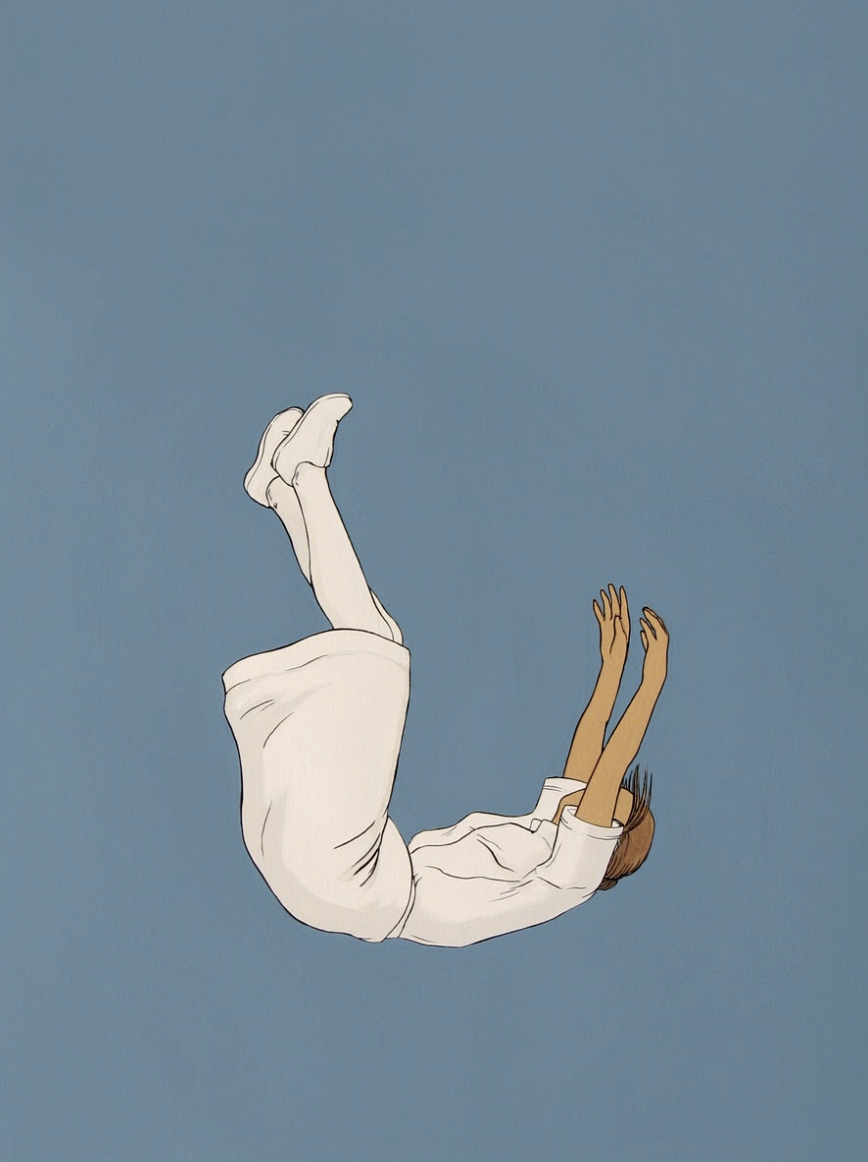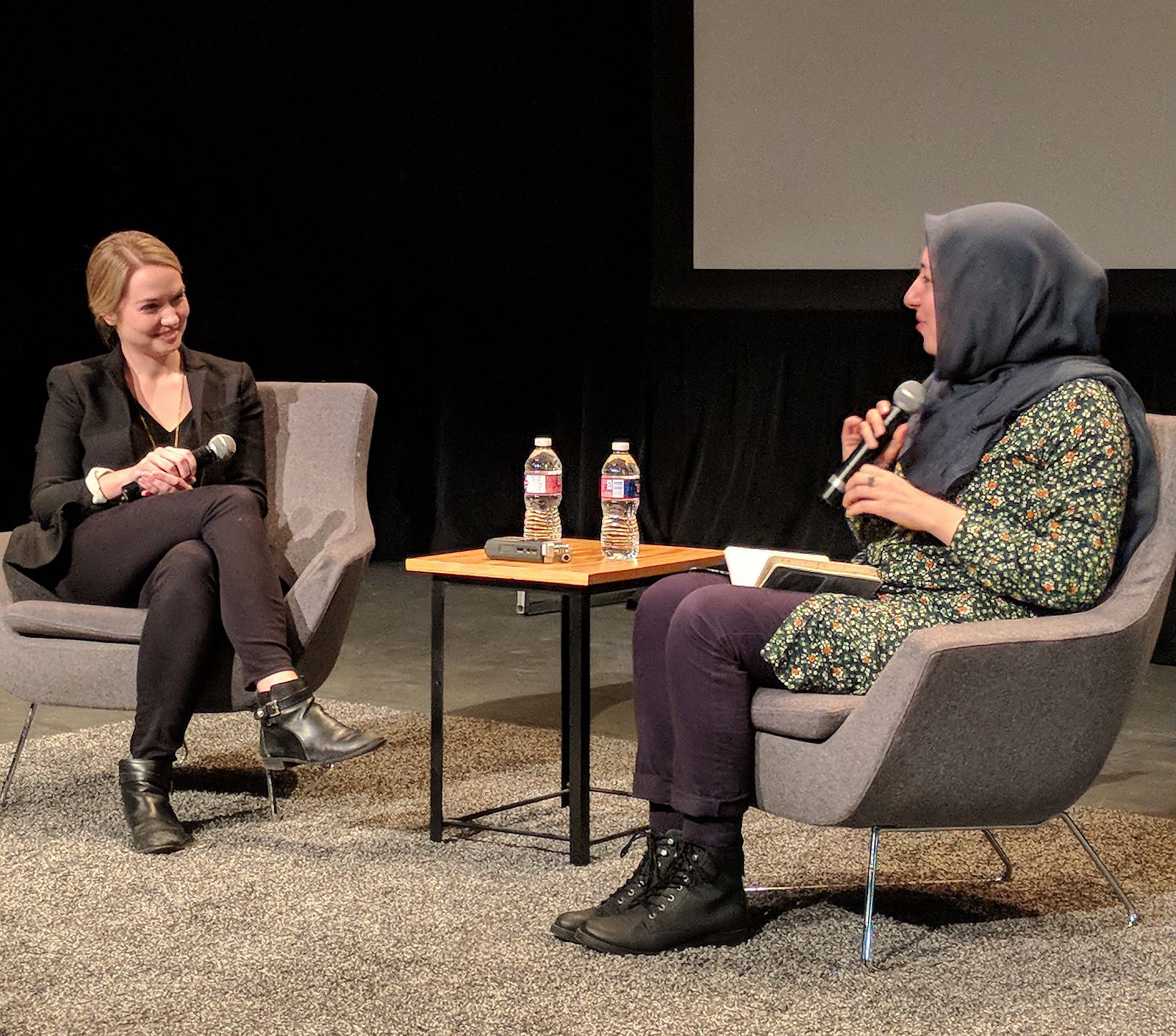Curator Zhenzheng (Felix) Ma developed this proposal during the 2012 Curatorial Intensive in Bejing.
Large exhibitions such as the ones organized at the Shanghai Biennale provide not only an important occasion to showcase contemporary art production, but also forums where artists can meet, challenge their own works, and expand their knowledge. In addition, the biennale offers the opportunity for a truly international exchange of ideas, while bringing together artists, curators, writers, theorists, and art supporters from around the world, the biennale has become a critical space of dialogue within an increasingly global art market. The Shanghai Biennale highlights the important role of artistic production in the Asia-Pacific region.
Based on the experience of operating the past biennales, the 9th Shanghai Biennale 2012 continues its emphasis on a local experience in the face of the global situation and cultural attitudes. It insists on constructing different cultural imaginations.
My colleagues and I have worked on a public art project in the Pudong International Airport since the opportunity was brought by the World Expo 2010 in Shanghai. The airport project made feasible study meetings among artists and scholars, and pioneered a curatorial mode that required cooperation with professional teams, and an introduction to the rotational exhibition mode. The model, practiced by the contemporary art industry, was utilized in various public spaces of the airport. The attempt went beyond mere artistic decoration in public spaces to achieve positive effects and critical acclaim.
As one of Shanghai’s major gates for international travelers and visitors, as well as one of the biggest public spaces for displaying artworks, Shanghai Pudong International Airport (PVG) boasts its average annual passenger volume of 40 million. PVG is the major entrance into Shanghai for the international participants and visitors of the Shanghai Biennale. I hope that they would be able to feel the connection between the Biennale and this city from the moment they arrive in Shanghai.
An international airport is a portal for its country to the outside world. The notion of a portal has also been an important theme in Chinese art in the last century. The concepts of domestic and foreign have been deeply entangled. The return of the first generation Chinese artists from overseas, including Hong Yi (Li Shutong), Lin Fengmian, Xu Beihong, and Liu Haisu, brought new perspectives to those of the traditional artists including Pan Tianshou and Huang Binhong. This first generation deeply contributed to the evolution of Chinese art.
Because of economic globalization, a large group of young Chinese artists have had the chance to study contemporary art abroad. Whether in London, Paris, New York, or Berlin, young artists from China can always be spotted. And now, this group of artists is returning, bringing home new ideas and styles that are completely different from the contemporary art developed in China.
During their study abroad, they had extensive access to the applications of contemporary art in European and American societies, including a rich collection of excellent artworks, and formal training in contemporary art at the foreign art institutes. They have a broad outlook, open minds, and mature media-applying techniques. Under such influence, questions arose such as, how to initiate dialogue with mainstream society when creating artworks under the identity of an ethnic minority in a foreign country; how to apply Chinese elements and aesthetics; and how to clarify the connection between Chinese social problems and the artworks.
In recent years, more and more overseas artists choose to return to China to participate in exhibitions or set up their studio, which has led to a “returned overseas Chinese artists” phenomenon. We believe that Pudong International Airport is not only a physical space for transportation, but also a psychological space of both departing and arriving. It would be of great significance when we explore the road taken and the choices made by these returned overseas Chinese artists, and it would surely resonate with passengers coming and going through the airport.
This special exhibition will bring together outstanding artworks of several generations of the returned overseas Chinese artists, and will present them in the airport’s public spaces. The background of each artist will appear in their introduction. During the sustained contact with the artworks, spectators will gradually discover and understand the in-depth connection and cultural links between these artists, their experience, their works, and the airport.
PVG has a unique architectural design of three verticals and three horizontals, and we plan to use the central walkway as the principal axis for this exhibition. The space between the escalators and several reception areas can be used to place installation works. One 800-square-meter indoor exhibition area on the side of the central walkway is ideal to present a show of paintings, drawings, photographs, and video works. Moreover, several places inside the two control areas––International Arrivals and International Departures––are perfect for large-scale paintings. The basic curatorial idea is to form a spatial structure of “two points led by one dynamic line.”
Learn More
To learn more about this proposal please email Zhenzheng (Felix) Ma at mazz@zendai.com. To learn more about the Curatorial Intensive email info@curatorsintl.org.






